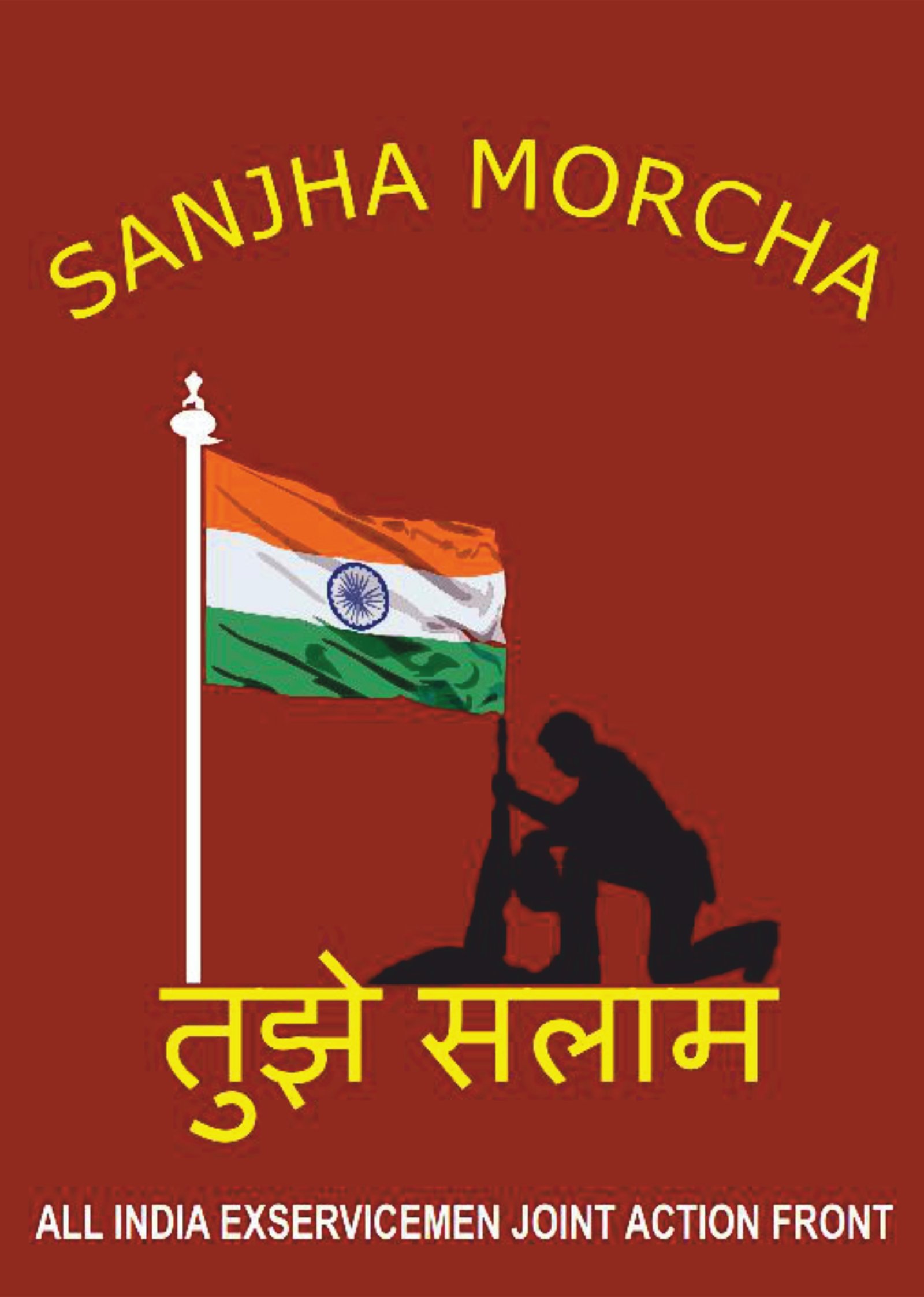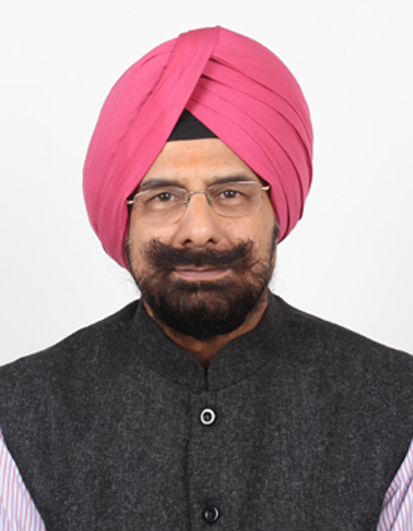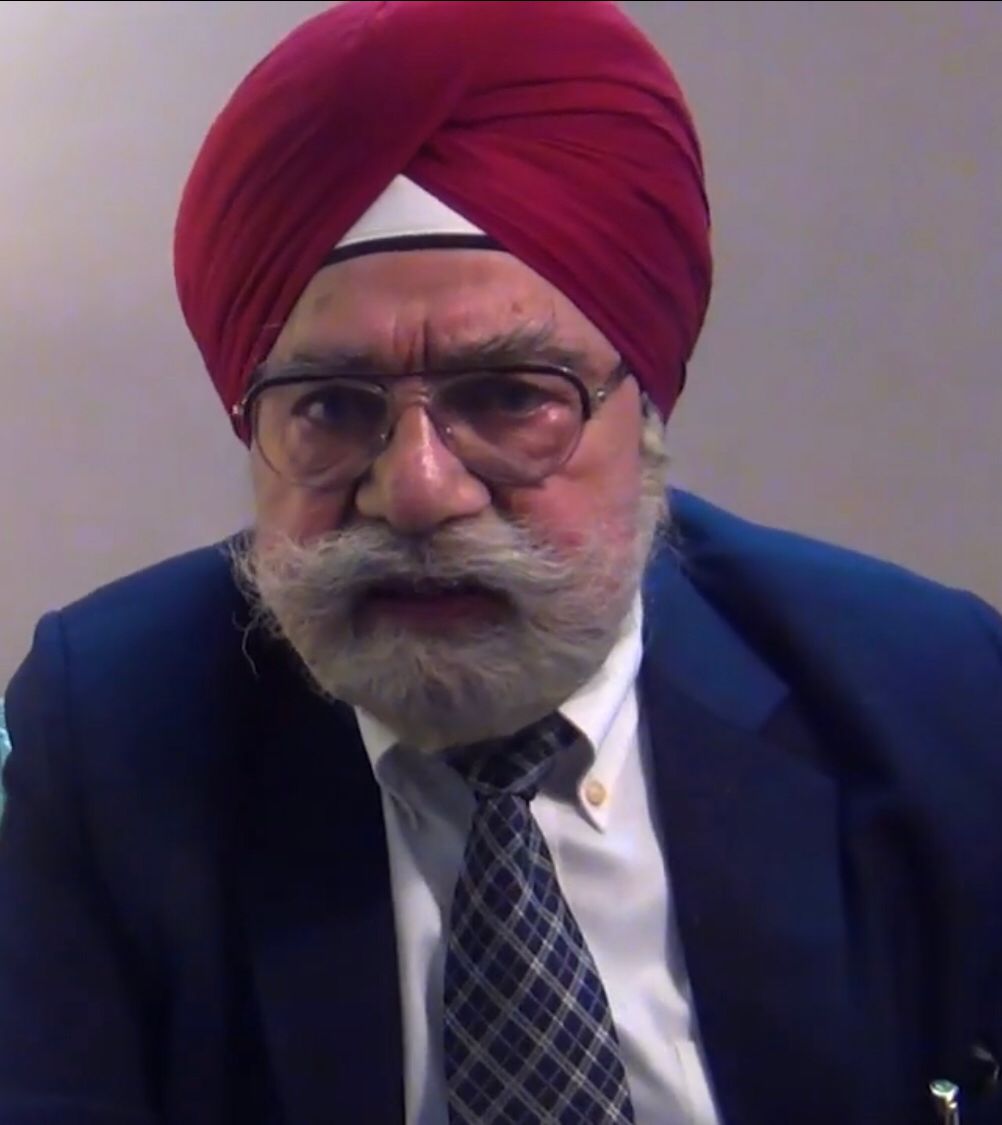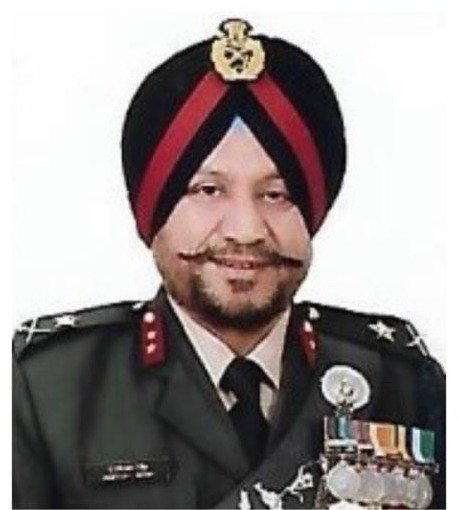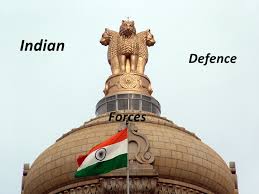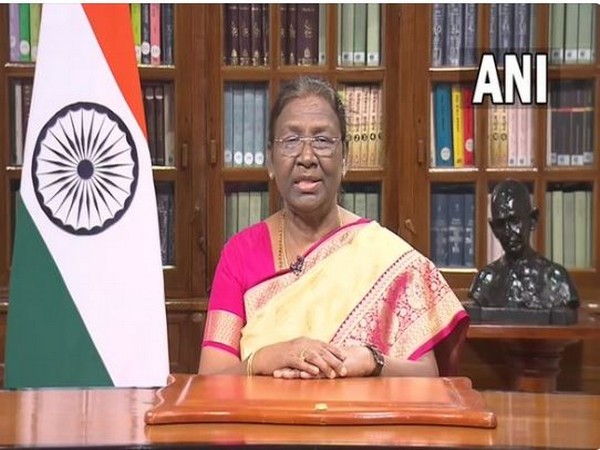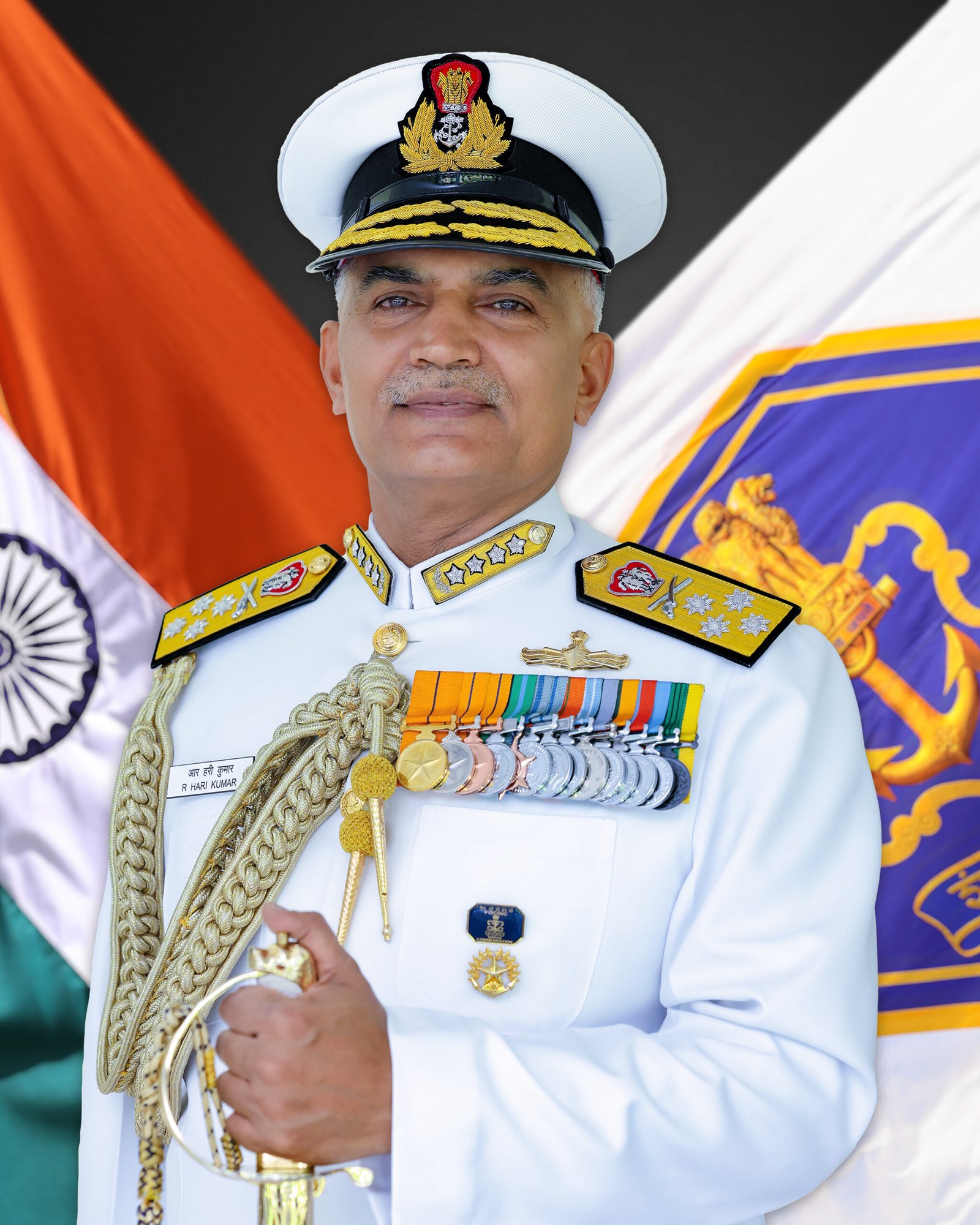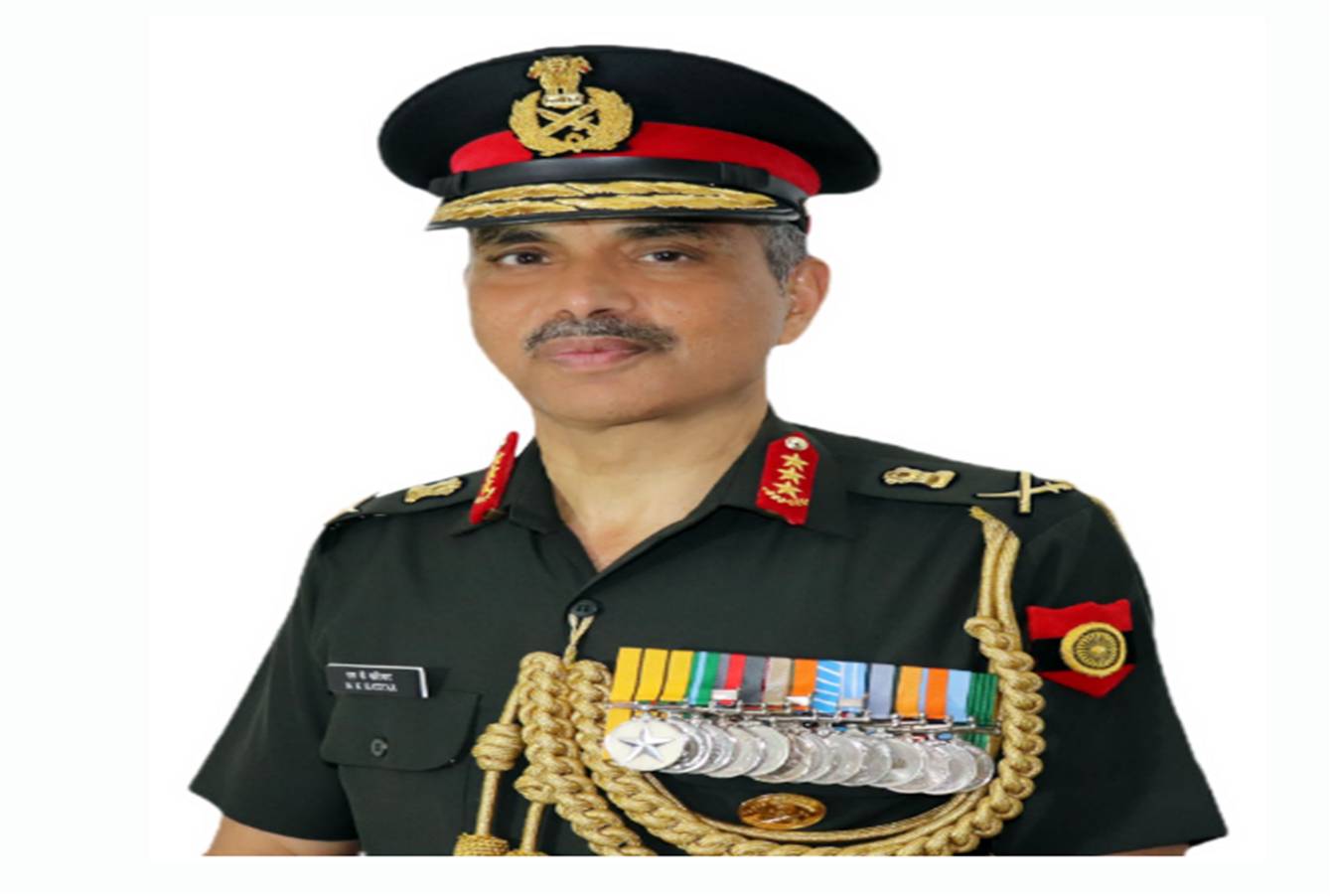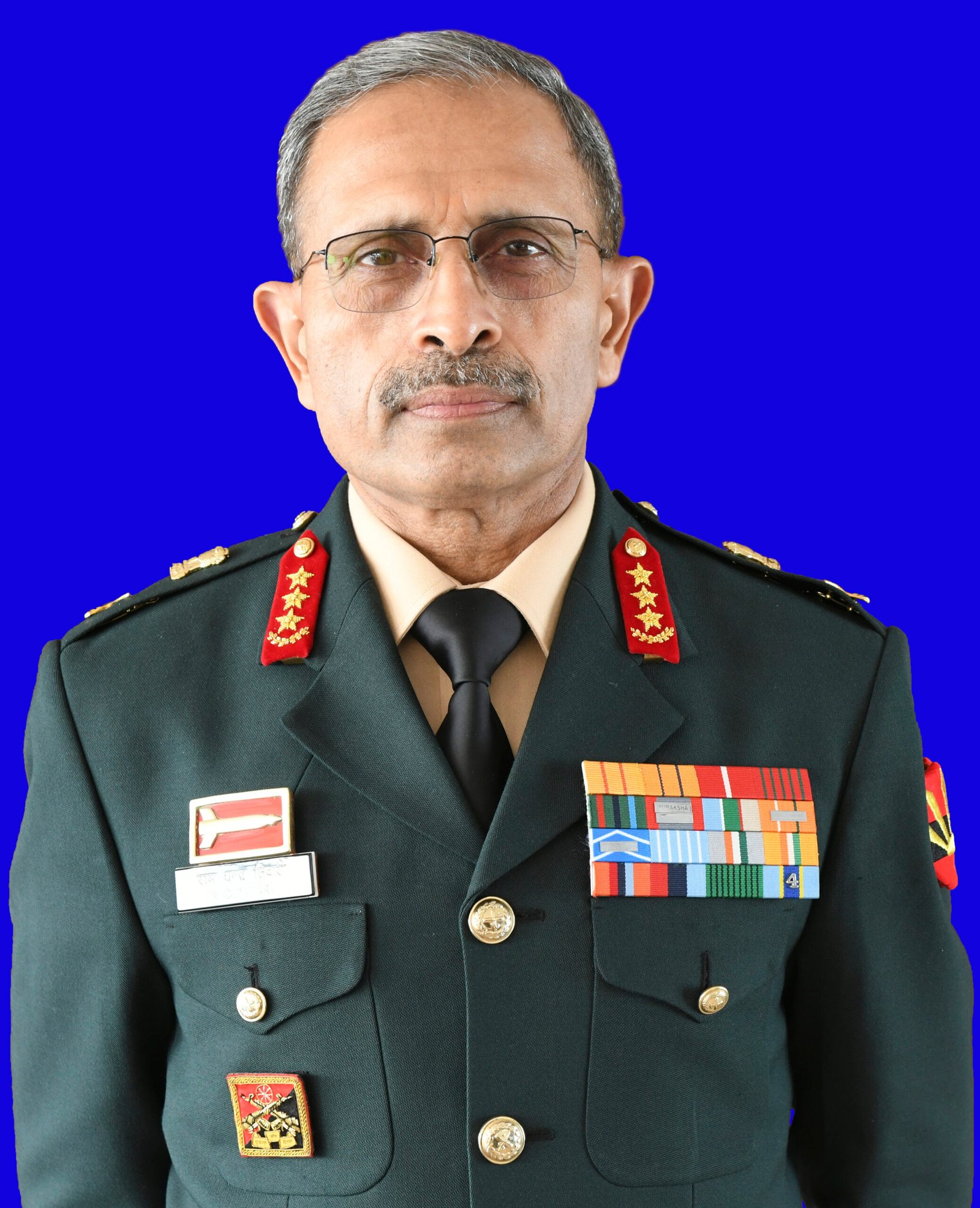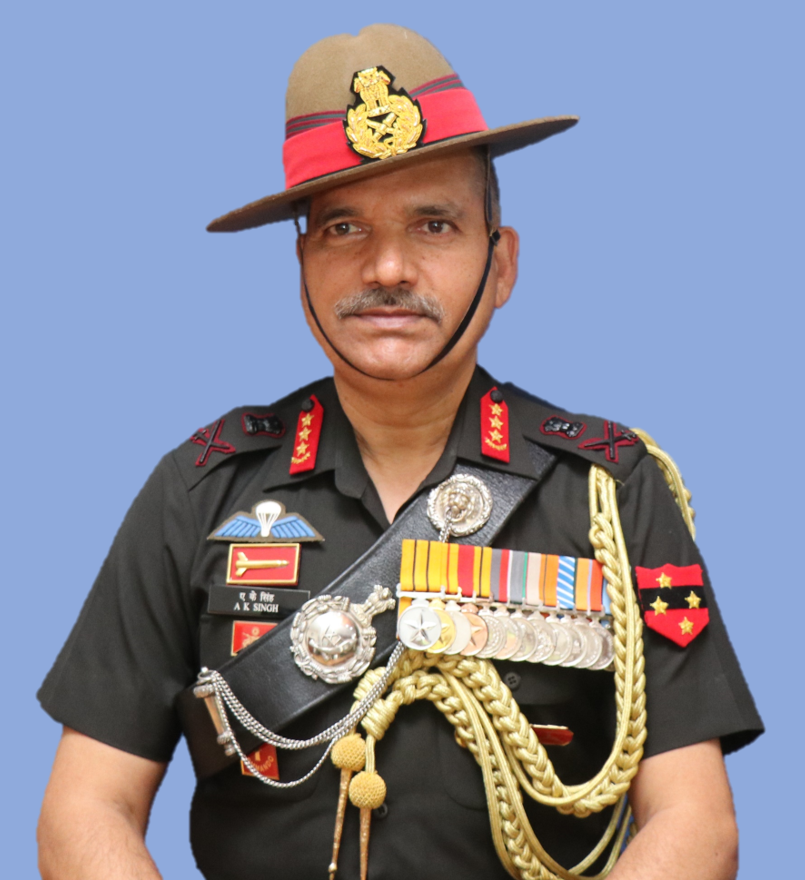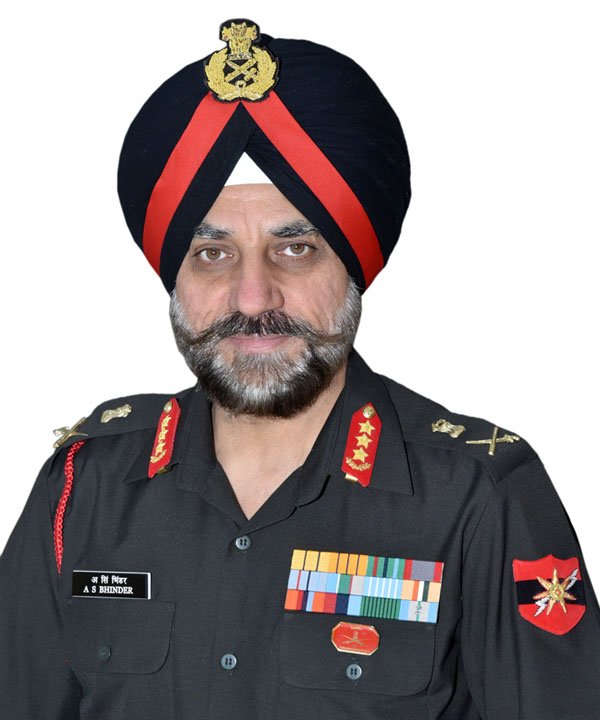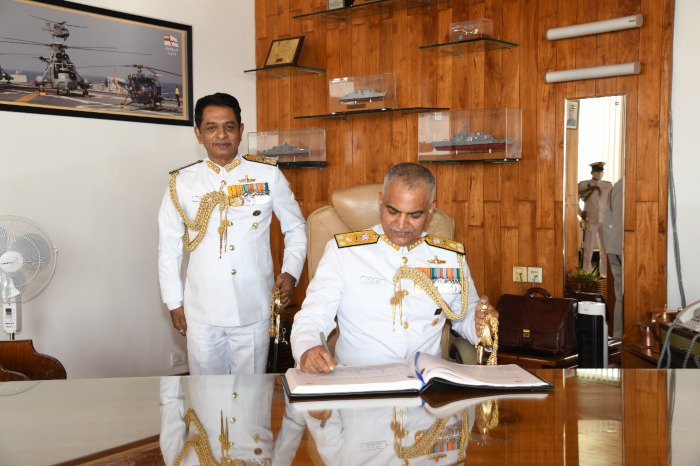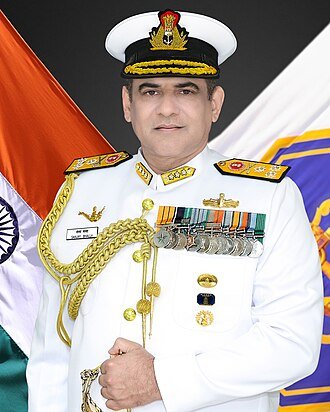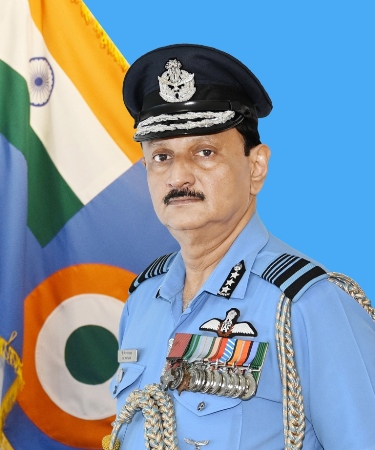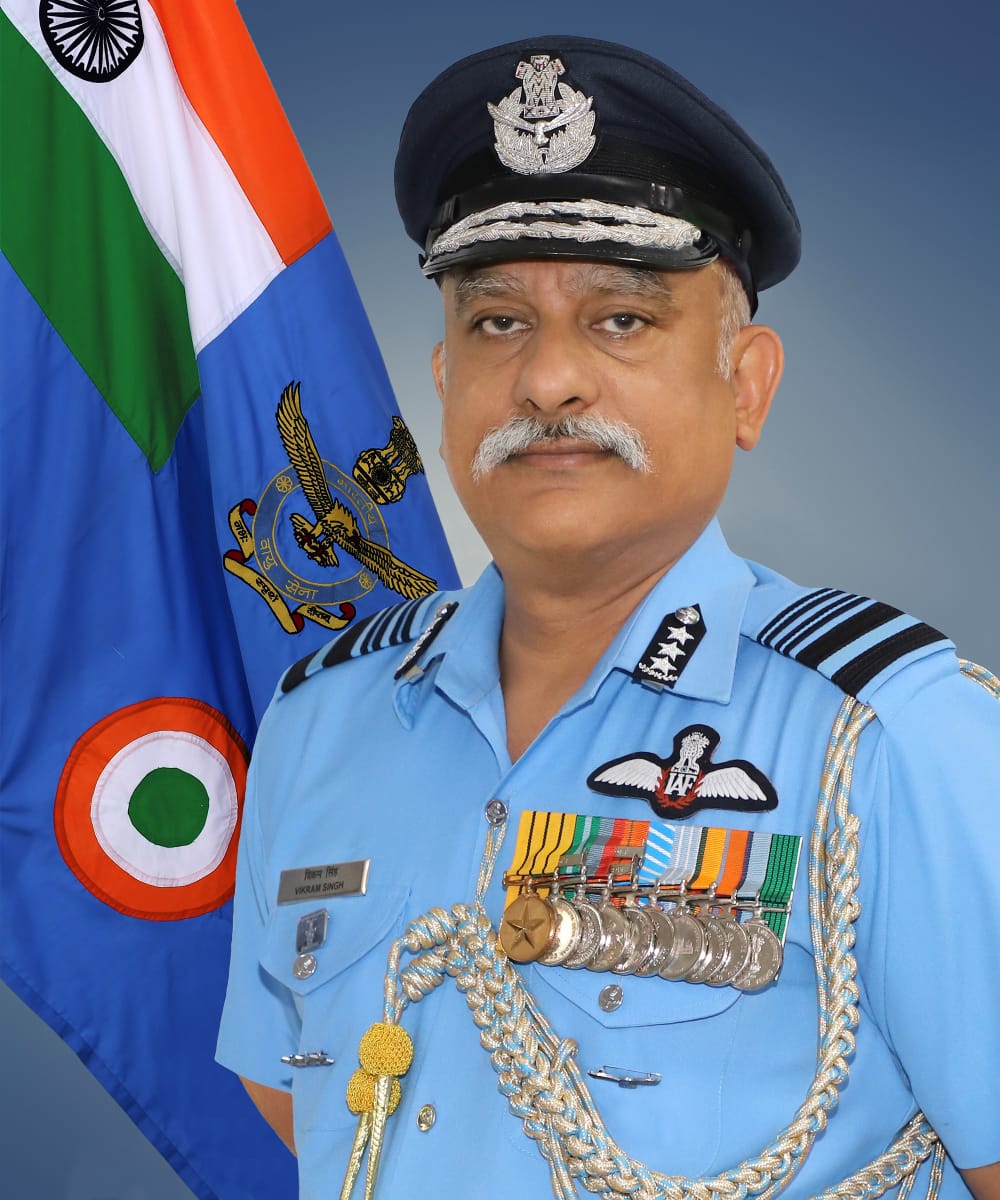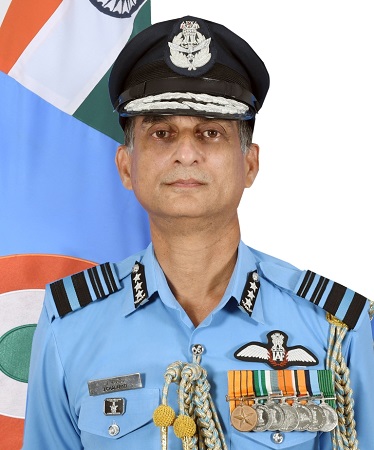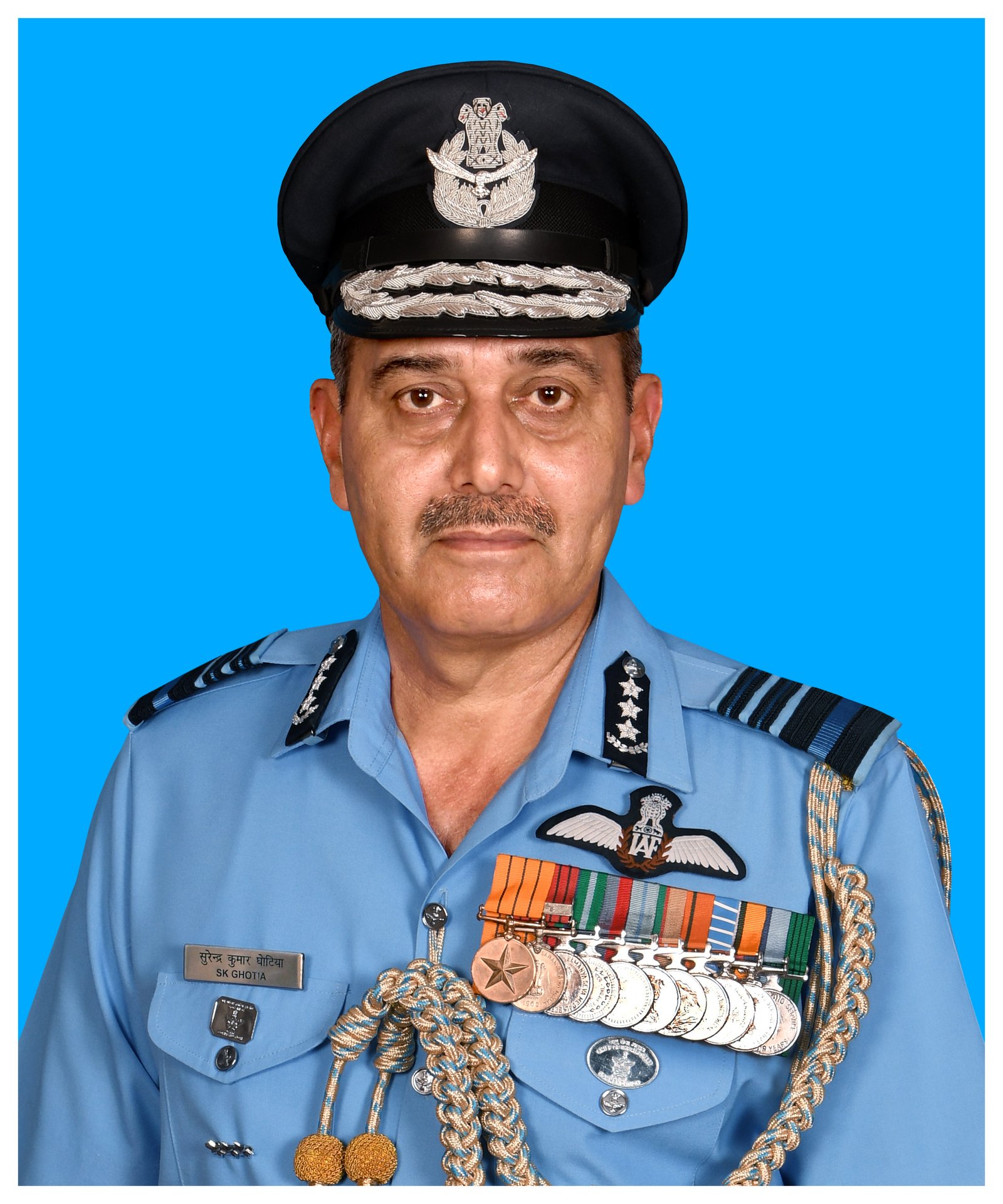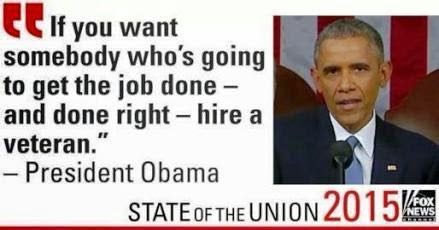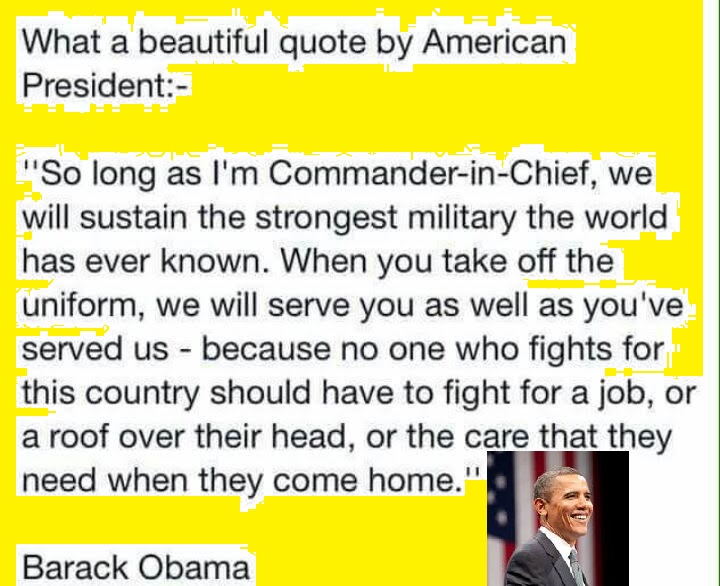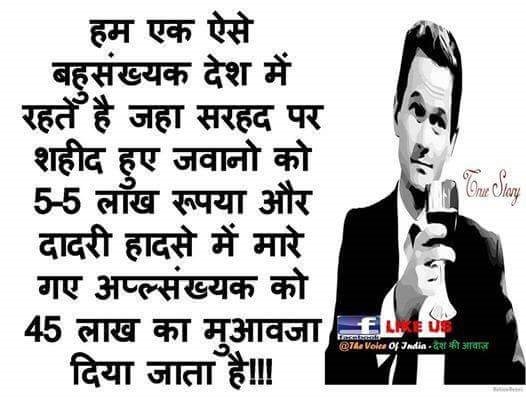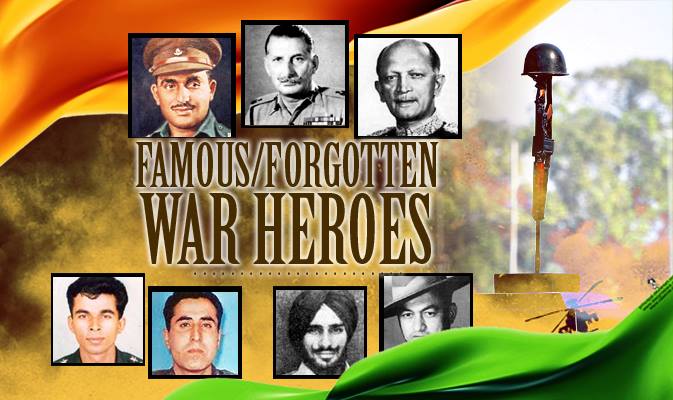
Disturbing trends towards lead nation-led coalitions or lead nation-dominated military interventions have enervated the UN. There is a need to increase the number of permanent members so as to represent the world order. Let critical peace and security issues be decided in the Security Council by two-thirds majority, with no power of veto of any member.
Lt Gen Sanjiv Langer (retd)
former International Civil Servant, UN HQ
WITH the world in the aching throes of a horrifying pandemic, the US President announced withdrawal from the WHO on May 29.This follows a sequence of events and ferociously contested allegations between the US and China, and targeting of the WHO. Without fully verifiable facts, the allegations are open to equivocation. WHO is the visible fall guy, being hit when it is essential to the international battle against Covid-19. Financially, up to 15 per cent of its budget has evaporated, with wider effects. In the resultant ‘incoherence of global response’, the real loser is the community of nations struggling to defeat Covid-19
We need to take a wider view of this increasing phenomenon of the emasculation of the UN and the UN family. The boiling cauldron of Syria is instructive, a conflict that has extended for over a decade, resulted in an estimated 4,00,000 deaths, created 5.6 million refugees, and displaced 6.2 million people internally. Characterised by brutality and complete disregard of humanitarian considerations, the UN was repeatedly annulled by its own permanent members (P5). While there were numerous UN initiatives, draft resolutions, Human Rights Council reports, the Security Council— 15 members, including the P5 — was held hostage.
The acute divide comes in focus when, in contrast, the concern and consensus of the General Assembly (193 nations) is seen. In the UNSC, during this conflict, there have been 14 Russian, and at least seven Chinese vetoes. China supported Russia on most occasions even when it did not veto. What is painful is that but for the veto, the SC was in unison on the need for effective measures to end the conflict and deliver immediate humanitarian aid. These two permanent members even blocked the opening up of humanitarian access to the beleaguered citizens in Syria in December 2019.
During the period of this conflict, the SC was permitted some resolutions on illicit financing, chemical weapons, humanitarian aid, and resolution 2254 of 2015 gave a roadmap for peace. The action end was always curtailed with even the military observer mission collapsing due to violence. It is one thing to approve an investigation team for chemical weapons, quite another to allow it actual access for the investigation.
Let’s wind back to the WHO and the pandemic. In the UNSC, even a discussion on the pandemic was not permitted by the US and China due to their ‘personal’ antagonism for four months. This is in acute contrast with the Ebola epidemic, where the SC resolutions of July 2000 (1308) and September 2014 (2177) galvanised global support. Naturally, the WHO, among others, was at the forefront of that campaign.
In March this year, China, as the chair, blocked discussions on the pandemic. It is only in April, when the Dominican Republic took over, that a draft resolution was fielded. This was, however, blocked by the US on May 9. With close to 206 nations and territories affected and nearly 40% of the cases in the P5 nations and a clear precedence of Ebola, the UNSC has not been permitted to act.
During the same period, the UNGA adopted a resolution co-sponsored by 188 nations, including India, articulating solidarity to fight the Covid-19 pandemic. It is a fine manifestation of the international will, but why not the full institutional power of the UNSC? Evident is a debilitating malaise in the UN family, orchestrated by members who are chartered to be more responsible.
Admittedly, when the UN Charter was adopted, it was far from democratic. The vesting of special role to the P5, a fallout of World War II, and other factors, was iniquitous. Despite this, till the 1990s, the UN managed quite well in peace and security, despite some failures, such as in Congo (1960-64).
Commencing with Cambodia (1991-93), and, more significantly, Somalia (1991-95), the UN struggled with complex emergencies, a genre that has continued till the missions in Sudan.
Those who have worked in the UN are aware of the politics and predilections of the P5. Mandate formulation and mission execution was challenging and complex. The finalisation of the rules of engagement and operational guidance for missions was peppered with impediments. There was, however, no despondency and the organisation struggled on. This was a reflection of the belief in the UN. Multifaceted security situations and human suffering was not wished away (with exceptions, for example Rwanda, the Great Lakes Region, Africa). Also, as peacekeepers, we were aware that the members of the UN family, like WHO, WFP, UNDP, UNHCR and committed NGOs such as MSF and the ICRC were effective well before the UN missions and stayed on till well after. In many cases, they gave vital support for UN missions.
Disregarding this, the disturbing recent trends towards the lead nation-led coalitions or lead nation-dominated military interventions have enervated the UN. A graduation of this trend is now the complete obstruction of the UN or its negation (WHO), at the behest of the P5. Those charter-bound for greater responsibility have become its greatest adversaries. In exception, France and the UK of the P5 cannot be encumbered with this stigma.
The international community has reached a stage where the tragedy of Syria has manifested and continues, while the UN is hostage to select members of the P5. While the world community sees its duty to humanity, these select members do not. A direct attack has been launched on the WHO, which is critical to the world at this stage. The world community needs and wants the WHO. Can the autocracy of the few ruin the commitment of the world community? With the UN structured the way it is, unfortunately, yes.
The way ahead lies in not only empowering the UN and increasing the number of permanent members, but also in obliterating the veto. Permanent members need to increase to represent the world order. This should be centred on their commitment and capabilities. Let critical peace and security issues be decided in the Security Council by two-thirds majority, with no power of veto of any member.
With the cascading US withdrawal from world fora and China’s obsession with the capture of strategic international space, their veto privilege is anachronistic. Russia, with its impressive rebound, fired by Syria, and hydrocarbons, is seeking its own unique world stature. An objective commitment is suspect. The veto power with them is irrational.
The community of nations has shown its might in the General Assembly repeatedly, in sharp contrast to the P5 members. As a first, we should demand an amendment of the UN Charter to strike down veto powers. If the immense suffering caused, in conflict and health, is meditated on, we, as a conscientious member of the UN, would do well to recall the words of Guru Gobind Singh in his Zafarnama: ‘B-Been Gardish-e Be-wafaai-e-zamaan, Pas-e-pusht Uftad Rasaanad Ziyaan’ (Look at the turn of the unfaithful world, when it sets itself after someone, it inflicts injury and does harm to him).


